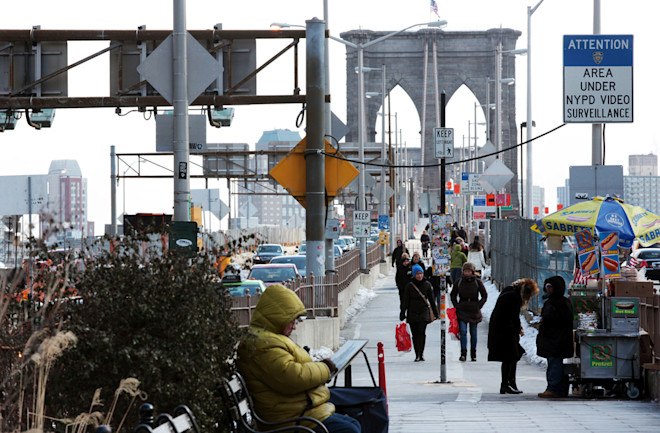It was Just after midnight in New York when police chased down and arrested
the suspect wanted in a potential hate crime. A gay man had been shot and killed with a silver revolver. The suspect was cooperative to a point. He gave them the silver revolver in his holster. He also gave them an ID.
Then he clammed up. When they brought him to the precinct to book him, the ID turned out to be fake. He wouldn’t tell them his real name. They couldn’t take his fingerprints.
By this time, it was just after 7 a.m. The officers called Edwin Coello, the sergeant who has led the New York Police Department’s Facial Identification Section since it was formed in late 2011. It was a Saturday, and Coello was still in his robe at home, but he pulled up a scan of the ID on his laptop and started working.
A guy cracking a case in his bathrobe sounds like something out of a cop show. On TV, police officers use technology as a kind of magic detective’s aid, pumping out important clues on demand. In the office, on a normal day, watching actual police detectives use actual technology on actual cases presents a more complicated picture. “It’s far from The Bourne Supremacy,” Coello says.

